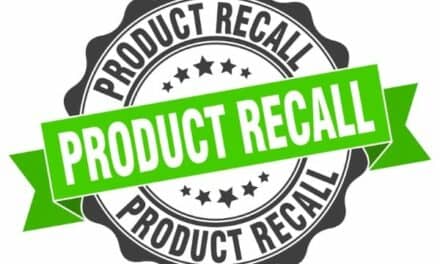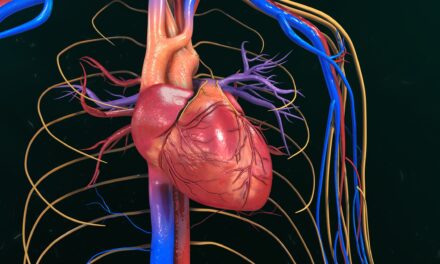Medical devices follow clear paths to market, beginning with design and progressing through regulatory action by the FDA. In most cases, this happens before biomeds become involved with devices, although biomeds may be involved in clinical trials and are involved in postmarket FDA measures, such as Medical Device Reporting (MDR) and recalls. Repair activities may also touch on regulatory issues such as manufacturer assertions, correct or not, that certain things can or can’t be done because of FDA restrictions. Repair parts may also raise regulatory issues, as illustrated recently with respect to an FDA Warning Letter to a replacement battery company and the recall of parts from a non-OEM supplier.
Biomeds should also play a strong role in device selection. In doing so, it can be helpful to understand the two major ways in which devices negotiate the FDA regulatory system, and the implications of those two paths with respect to how much scrutiny a device received from the FDA before it reached the market. It is here that the two important and distinct labels of “cleared” or “approved” come into play. I will argue that this distinction is not one only for an academic (like me), nor one that only a regulatory geek should care about. But first, a brief background.
All medical devices are divided into one of three classes, cleverly called Class I, Class II, and Class III. Class I devices are the simplest, and come to market without any review by the FDA. Most Class II devices are subject to FDA “premarket notification,” which is commonly called a “510(k)” after the section of the applicable law. Devices that go through the 510(k) process have to argue to the FDA that they are substantially equivalent to some other legally marketed Class II device. This process usually does not require a clinical trial. “Substantially equivalent” does not mean identical, and sometimes considerable differences are allowed. When a 510(k) process is successful, the device is properly said to be “cleared” but it is not “approved.” Class III devices are subject to premarket approval, or PMA. A PMA usually requires a full clinical trial to actually prove that the device is safe and effective.
When selecting a medical device, it is good to know what class the device is and what route to market it underwent. It is good practice to ask the sales rep for the product’s class, as well as the applicable 510(k) or PMA number. Even if the rep looks confused, he or she should be willing to find out for you. While you’re at it, ask for the applicable three-letter FDA product code. This information can be helpful when looking up devices on many of the FDA’s databases, including Manufacturer and User Facility Device Experience (MAUDE), Recalls, and Total Product Life Cycle. The latter can be useful because it displays all vendors, recalls, and a table of reported device problems.
In most cases, all devices of a type being considered for purchase will have the same product code, so class and cleared or approved status will not be a decision factor. However, obtaining this information can be helpful with respect to learning how forthcoming the sales reps are, and in communicating accurately with others. Moreover, I assert that biomeds and others should use the proper terminology, because the terminology has real meaning.
Aside from direct equipment selection, the implications of this difference in FDA scrutiny can be used to educate clinical staff about the devices that they use. Then, doctors perhaps won’t be surprised when they learn that devices such as morcellators and duodenoscopes were never subjected to a full clinical trial, and that such devices were not “approved” by the FDA. Similarly, implanted devices such as metal-on-metals hips and surgical meshes were never “approved.” One reason doctors are often surprised by the lack of clinical trials for cleared devices may be that doctors know more about drugs. Since all new drugs are approved, they may assume that this is also true for medical devices.
Most companies use the correct terminology, but the medical device press (although I haven’t caught 24×7 doing it) and lay press are not always as careful. (A New York Times writer once responded to my criticism in this regard by saying that yes, he knew the difference, but his readers would just be confused by it.) Clinical journals also often get it wrong.
In this regard, biomeds can serve in an educational role by always using the correct word, and helping others understand the difference. Biomeds should also understand the potential regulatory issues around non-OEM replacement parts, and at least bring up the issue with their parts suppliers.
Some, and it turns out most, devices are “cleared” and some are “approved,” and there is a difference. You are probably a geek anyway (in the good sense), so add this distinction to your geeky vocabulary and practice.
William A Hyman, ScD, is professor emeritus, Biomedical Engineering, at Texas A&M University, College Station, Tex, and adjunct professor of Biomedical Engineering at The Cooper Union, New York.






Now if you can only explain the difference to the Supreme Court.
For better or worse the Supreme Court did get it. That is why Class III devices are largely protected from product liability claims, based on some exemption language in the FD&C act that has been interrupted as only applying to devices undergoing the PMA process.